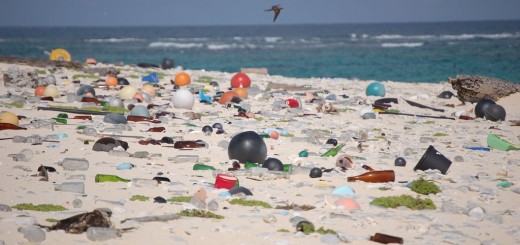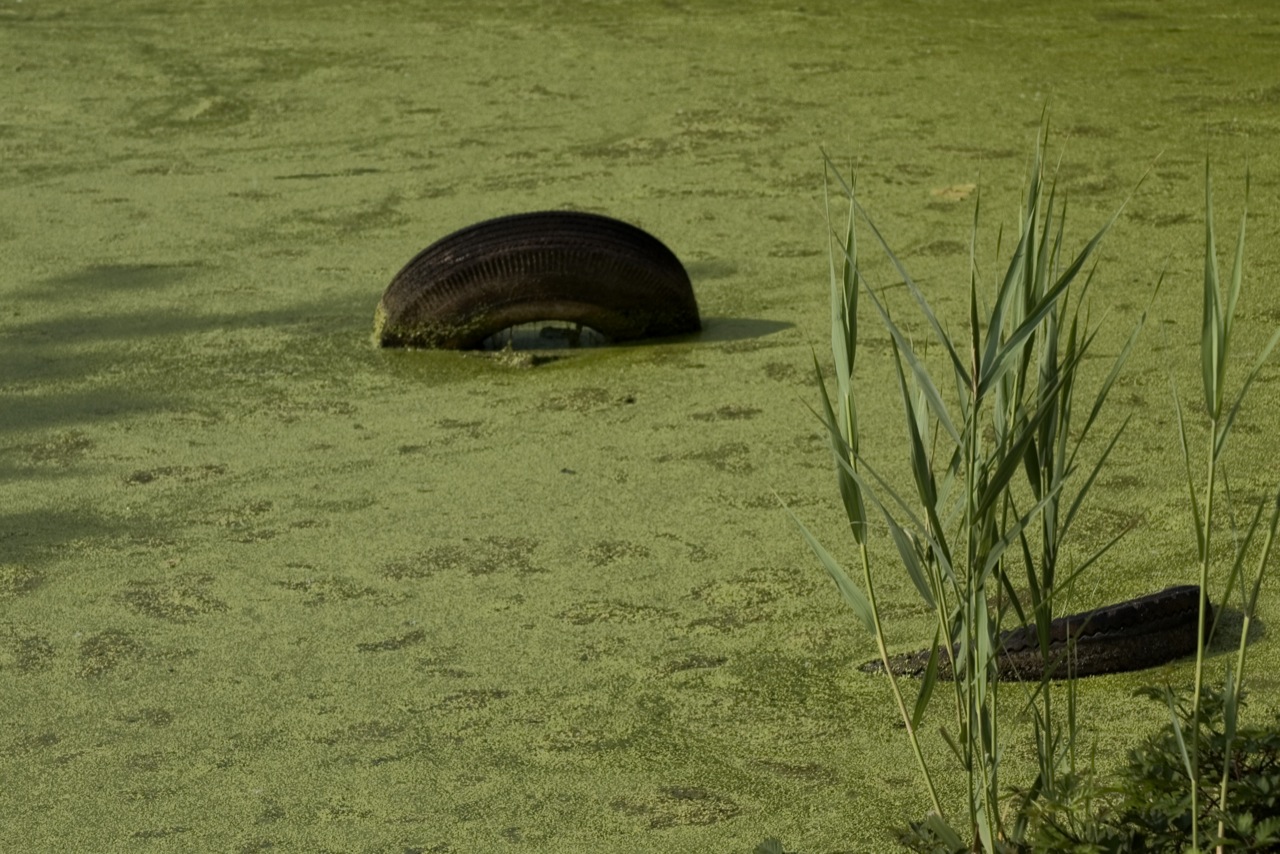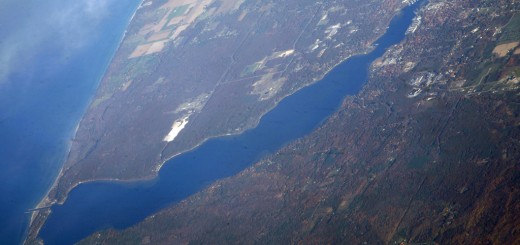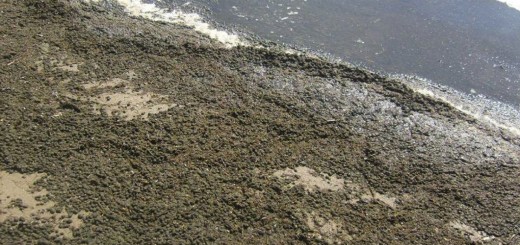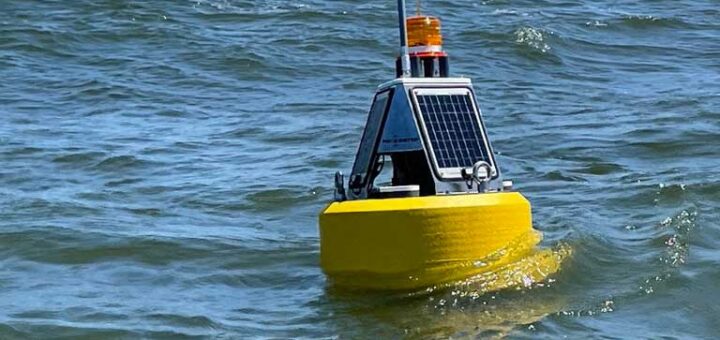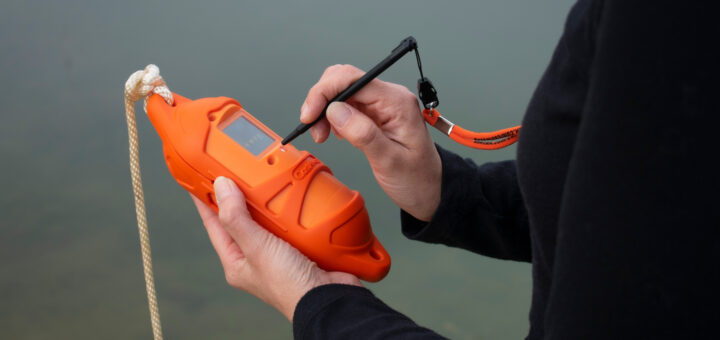Health concerns persist after Kalamazoo River oil spill
0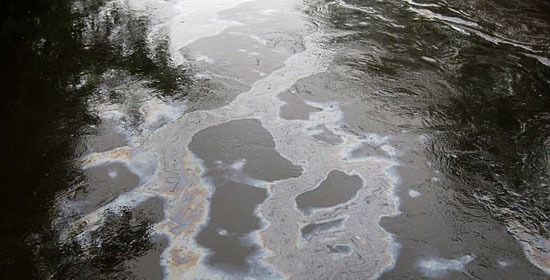
Ten months after the Kalamazoo River oil spill, cleanup continues, and residents continue to express concern about spill-related health hazards. The oil spill occurred in July 2010, polluting Talmadge Creek and more than 30 miles of the Kalamazoo River. It was estimated 843,000 gallons of oil leaked from the pipeline.
Deb Miller, a Marshall, Mich. resident, lives near the Kalamazoo River and said her health has been affected by the oil spill.
“I think I can sum it up in one word, and that is nightmare,” Miller said, adding she has suffered from “intense” headaches, a persistent cough, and watery eyes.
Miller is not the only resident with complaints of such ailments. Severe headaches, chronic cough, and watery eyes are symptoms of short-term benzene exposure. Benzene is naturally present in petroleum, but can also be found in gasoline. Long-term exposure can affect the nervous system and may cause cancer.
The Calhoun County Public Health Department has implemented a number of preventive measures to ensure the safety of its residents. These include a ban on using the water for agricultural and recreational purposes and instructions for handling direct oil exposure. Eating fish from the river is not recommended, and residents who have concerns about their drinking water are encouraged to call the health department for assistance. The Michigan Oil Response website addresses a variety of potential concerns.
The Environmental Protection Agency and Michigan Department of Environmental Quality officials are evaluating the area to decide when the river and other damaged areas will be accessible to the public. The evaluations are expected to conclude in June. James Rutherford, health officer of the Calhoun County public health department, said more details will be released in June.
“We want to re-open the creek, river, and impacted areas as soon as possible, but these decisions will be based on data and with health and safety concerns the number one priority,” Rutherford said.
Cleanup has removed 766,000 gallons of oil from the river, according to the Battle Creek Enquirer, but more work is needed before the river is safe. In late March, the Enquirer took a boat tour of the river. Along the route were color-coded posts, which symbolize the quality of the water as judged by inspection, said Enbridge Operations Manager Christopher Haux. For example, red means Enbridge considered the river section clean, and blue meant the EPA approved the site as clean.
“The CEO made the promise to make it whole, so that’s our objective,” Haux said.
Efforts to re-open the Kalamazoo River are underway [Calhoun County Public Health Department] Benzene frequently asked questions [Delaware Health and Social Services- Division of Public Health] Oil damage remains in Kalamazoo River [Battle Creek Enquirer] Michigan Oil Response [U.S. Fish and Wildlife Service] Oil lingers in Kalamazoo River [The Environment Report] Health concerns after the oil spill [The Environment Report]
Image Credit:http://www.flickr.com/photos/sierraclub/4842004022/sizes/o/in/photostream/




